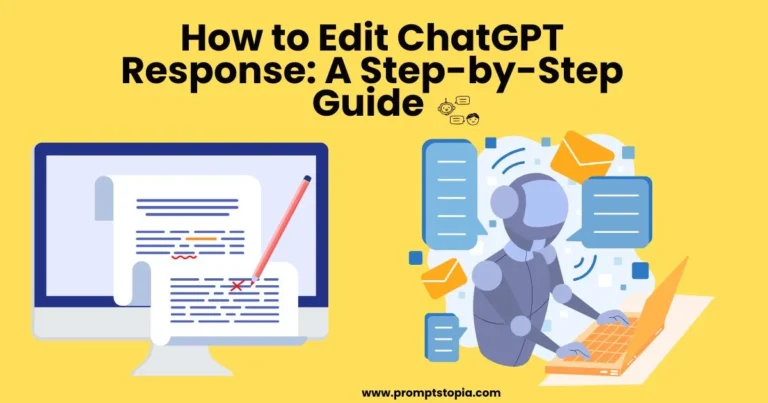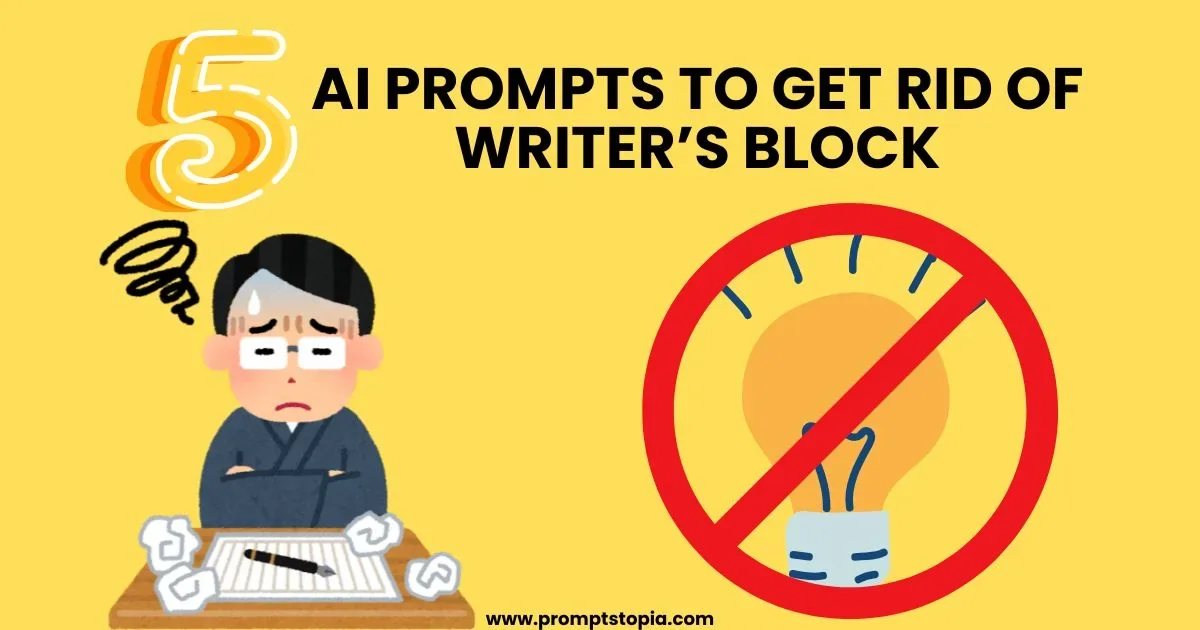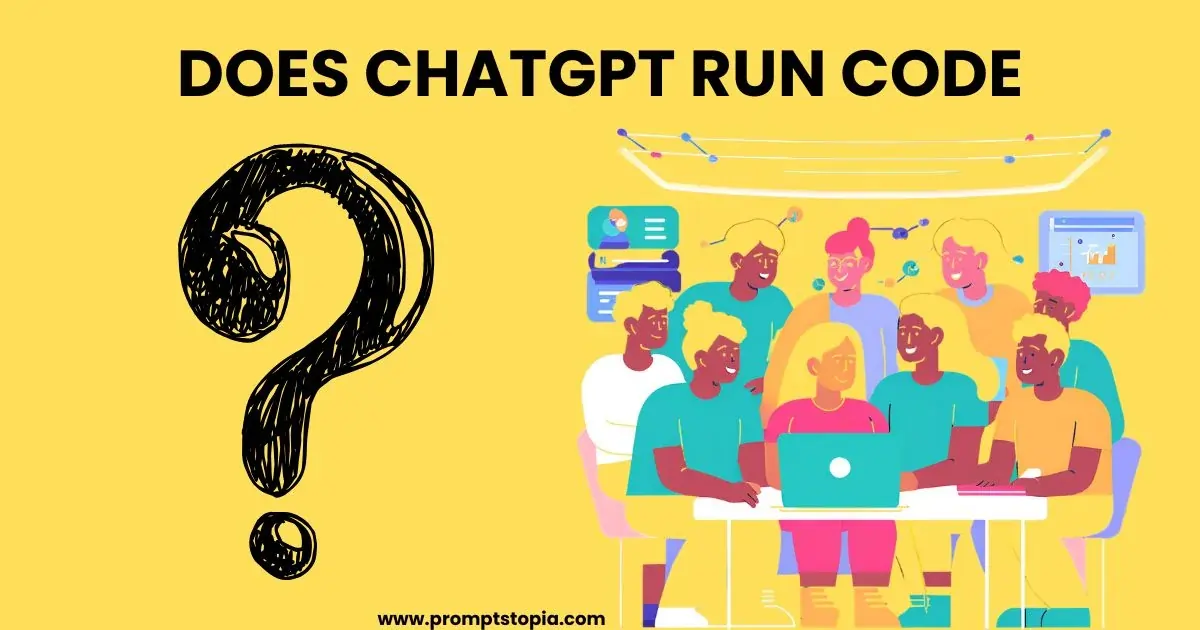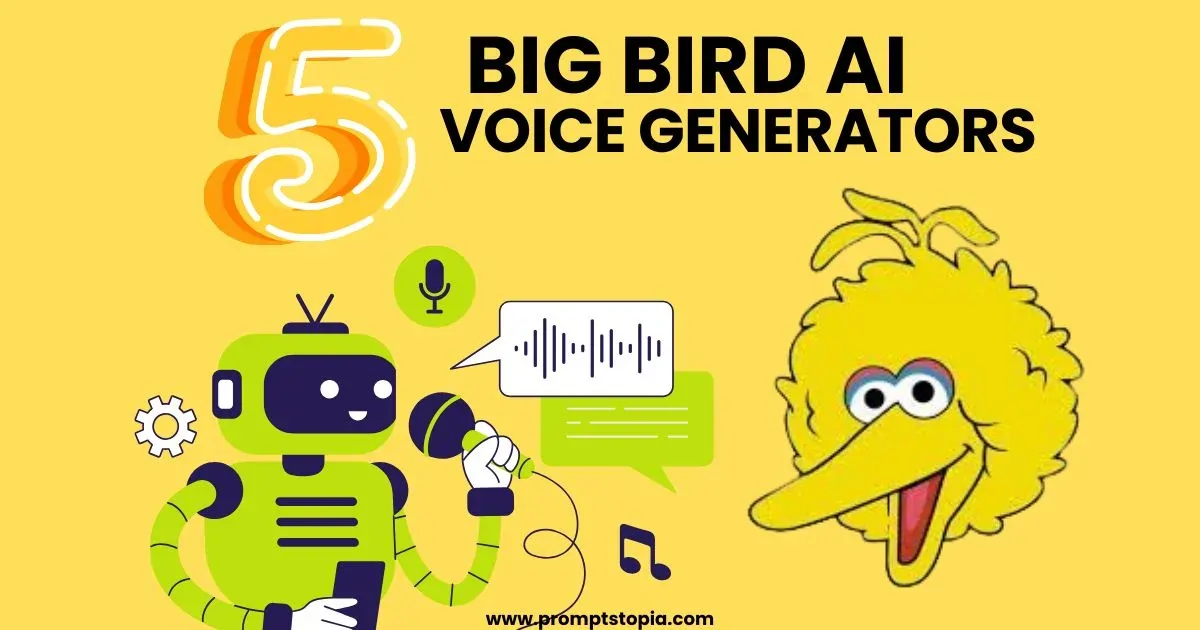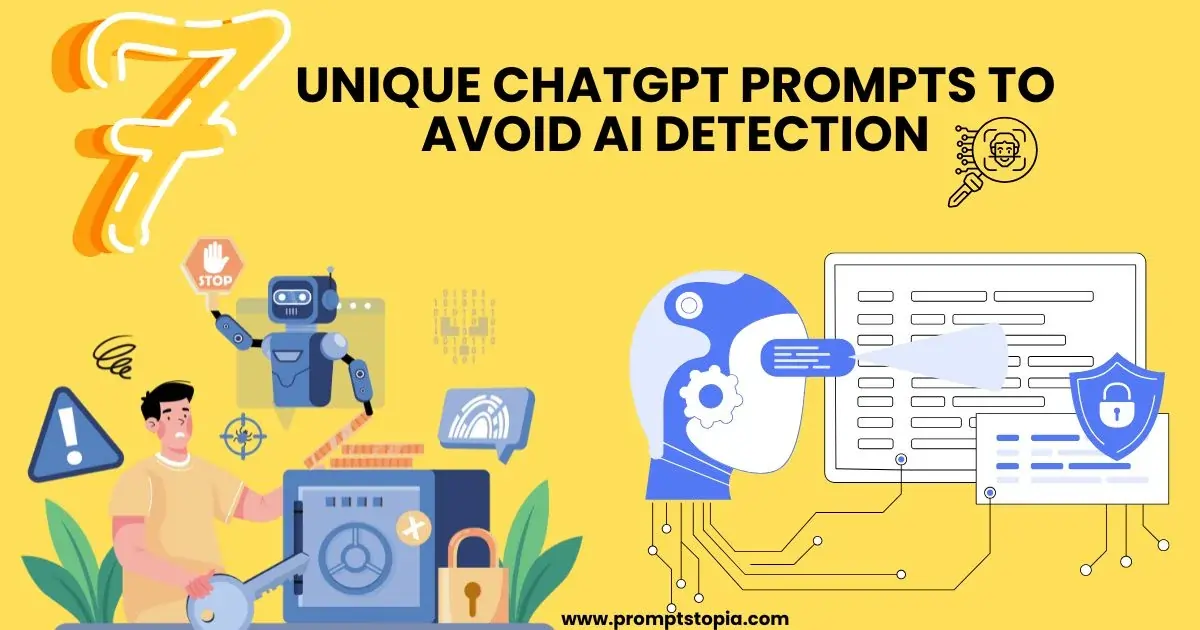ChatGPT is a highly intelligent AI to assist people to generate texts such as answering questions, writing essays, etc. This means that at times, it will save one’s time and help create inspiring ideas, even with learning new things. The answer you’d get sometimes did not match exactly what you wanted, such as getting the tone or style or giving you what you already knew. Refining AI responses is easier than you think. Discover how to edit ChatGPT responses for accuracy, clarity, and impact.
Therefore, editing becomes very important. Working with edited ChatGPT responses is important to make them clearer, better in terms of tone, and informationally correct. Changing those responses can enhance your experience, make the output better, and fit into your needs. In this post, we’ll look at some ChatGPT productivity hacks and show you how to edit ChatGPT responses to get what you want.
Why You Might Need to Edit a ChatGPT Response
ChatGPT is a powerful tool, but it may give the answers you are not expecting. Sometimes, the text the tool generates in itself isn’t what you want. That’s okay. Here are some situations where you may have to edit.
Tone Exercise
Perhaps you needed it more formal, but it came out a bit too casual. For example, you’re writing an email to a customer, and you need much more formal language than the AI has generated initially.
I asked ChatGPT to write a professional email response. The response was helpful but too friendly in tone. A follow-up query turned everything around and produced everything formal and professional in its place.
Missing information
Maybe, at times, the solution might not be very informative for your needs. For example, you may find the AI providing a book summary missing some critical themes or characters that you need to understand.
Too Complex Language
ChatGPT can give answers that are simply too complex or too technical to explain; if it’s something you want to explain to ordinary people, you may need a simpler and clearer explanation.
I had to explain a really tough idea once to a newbie. ChatGPT provided that wordy explanation in very tough words that would confuse a first-timer. I quickly changed it by asking for easier language, and it became much easier to follow. In all of these cases, you can easily get a better response by raising further questions or reformulating the instructions.
Whether it be toning down the tone, adding missing details, making the language less difficult, or anything else, editing makes you get a response that best fits your needs more efficiently. Knowing how to edit a ChatGPT response guarantees improved precision, clarity, and adaptability to your particular requirements.
How to Edit ChatGPT Responses?
ChatGPT can give the answers that some people find difficult to understand by using some critical words. Some changes can be made to get the exact result you want. By using the tips and tricks, you can get a more accurate result. After receiving a ChatGPT response, you can select it and reply to that line or word.
Using Follow-up Prompts
Follow-up prompts are useful when you would like to hear a more fine-tuned or clarified response from ChatGPT. These are, in short, secondary requests you send after the initial response, asking the AI to fine-tune specific aspects of the output. In fact, they guide the AI toward a better response.
Some examples of such questions include:
- Can you explain this better with more examples? “
- “Rephrase this in a warmer tone.”
Clarifying Specific Details
You may at times want to dig deeper into a response. Clarifying specific details allows you to fine-tune the answer by pointing out focus areas that matter most to you.
For example, if you are asking for a comparison between two products and the response seems too balanced, you could ask:
- Give me more details and focus on the benefits of this topic.
This causes the AI to alter its focus to what you actually want.
Change the style or tone
One of the simplest and best ways to edit a response from ChatGPT is the change of tone or style. Perhaps you want it to be more casual, formal, or professional; the question you ask leads you to get a much better output.
Example
- Make the text more relevant. If you need it to have a casual, friendly feel to it.
- Make this sound more professional. (To make it sound formal and business-like.).
I needed to create an opening for a YouTube video. My first version was helpful, but it seemed too formal. That’s why I asked ChatGPT to make this sound more fun and engaging. The revised version matches what my audience needed.
Ask for More Brief or Detailed Responses
Sometimes you may just want the brief overview, and sometimes you have to have even more detail. You can change the number of words in their response by telling them to give you less or more detail.
Example
- “Simplify this for me into 3 sentences.”
- “Provide more details about this topic.”
I once asked ChatGPT to explain a historical event. The response was too long, so I asked, “Can you summarize this in 3 sentences?”
Editing chat responses by ChatGPT essentially lies in knowledge of how to steer the rightness of AI through follow-up prompts, details, tone adjustments, and even requests for length to make it smooth and exactly generate what you will need.
Prompt for Editing tone and style
Change the following ChatGPT response’s wording to better fit a [desired tone, businesslike, informal, professional, friendly, etc.]. Allow a [target audience, business professionals, teenagers, etc.] to read it. Do not change the core elements of the reply. Also, in changing the sentence structure, adopt a better fit for the desired style. In addition to that, it must have the same tone as the specific objective of the message, such as being effective in marketing or friendly on social media posts. For all the above changes, please provide me with an edited version of the response.
Prompt for Making the Response more Concise
Review the following response and condense irrelevant words to convey the essential idea while maintaining the essence in no more than [insert the desired number of words or sentences]. Use simpler and clearer language and eliminate any redundancy of a phrase or wordy, redundant explanation. Upon editing, provide the concise version without losing the important message of the central point.
Best Practices of Editing Conversational Responses in ChatGPT
When editing responses in chat, it’s best that your instructions are clear and precise. The more specific you are with your instructions, the more likely you are to obtain the result.
Using simple words also helps in giving instructions. Clear and easy sentences will only help the model understand what you want.
Remember that the perfect first response may not necessarily be the actual first. It’s okay even though, at first, it may not be so good. Improving refinement of responses in ChatGPT develops with time. You might need one or two repetitions for your kind of preferred response; do not rush the process.
So, when I started generating content using ChatGPT, I found that editing the responses was a bit tough at first. However, later on, I realized that by making minor transparent adjustments with incomplete prompts, the output was completely different. The more I tried to refine the responses, the easier it became to shape the output just the way I wanted. Better accuracy, clarity, and alignment with your unique demands are ensured when you know how to edit your ChatGPT response.
Conclusion
Refining the user experience really goes a long way in editing ChatGPT’s responses, so that the output meets your goals very well. Whether it is tone, detail, or simplicity, you can find the best way with master follow-up prompts in editing the responses by ChatGPT.
Try to experiment with these. Begin to use follow-up prompts to change the response for your particular needs: more details, a different tone, or clearer language. ChatGPT best practices move you toward better responses through simplicity. How to edit ChatGPT responses begins and ends with being clear, specific, and patient in your approach.
Try it and see just how much more fitting and applicable the results can become for your own projects.
FAQ’s
1. Explain technical terms using simple language.
2. Try not to use jargon or acronyms.
3. Be actionable and practical.
4. Write in an informative yet entertaining style.
5. Formal tone combined with technical vocabulary and grammar usage.
6. In informal grammar.
7. Write in a way that you are having a conversation.
8. Using plain language.
Yes, you can use all of Custom GPT AI’s standard features for free for seven days.

